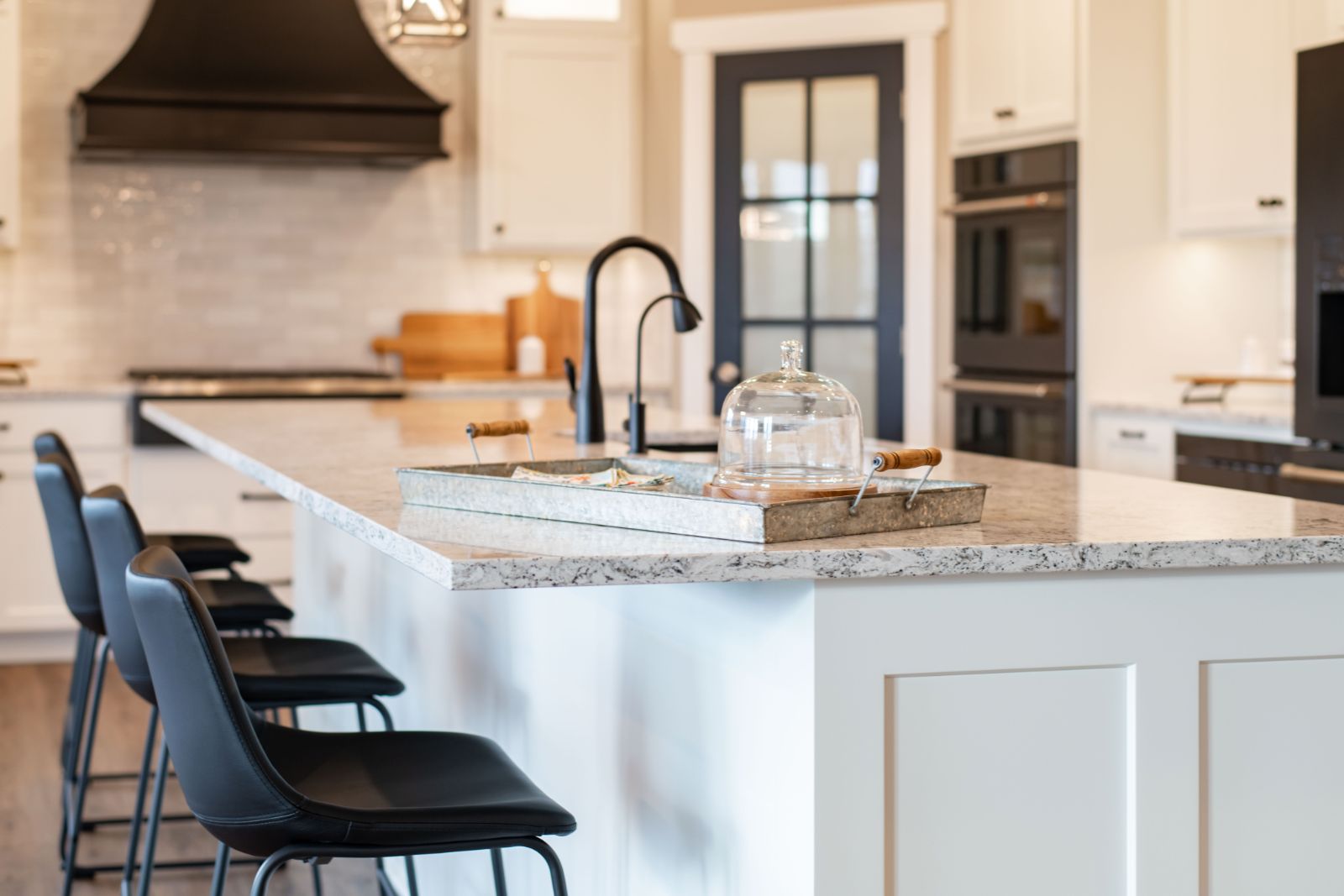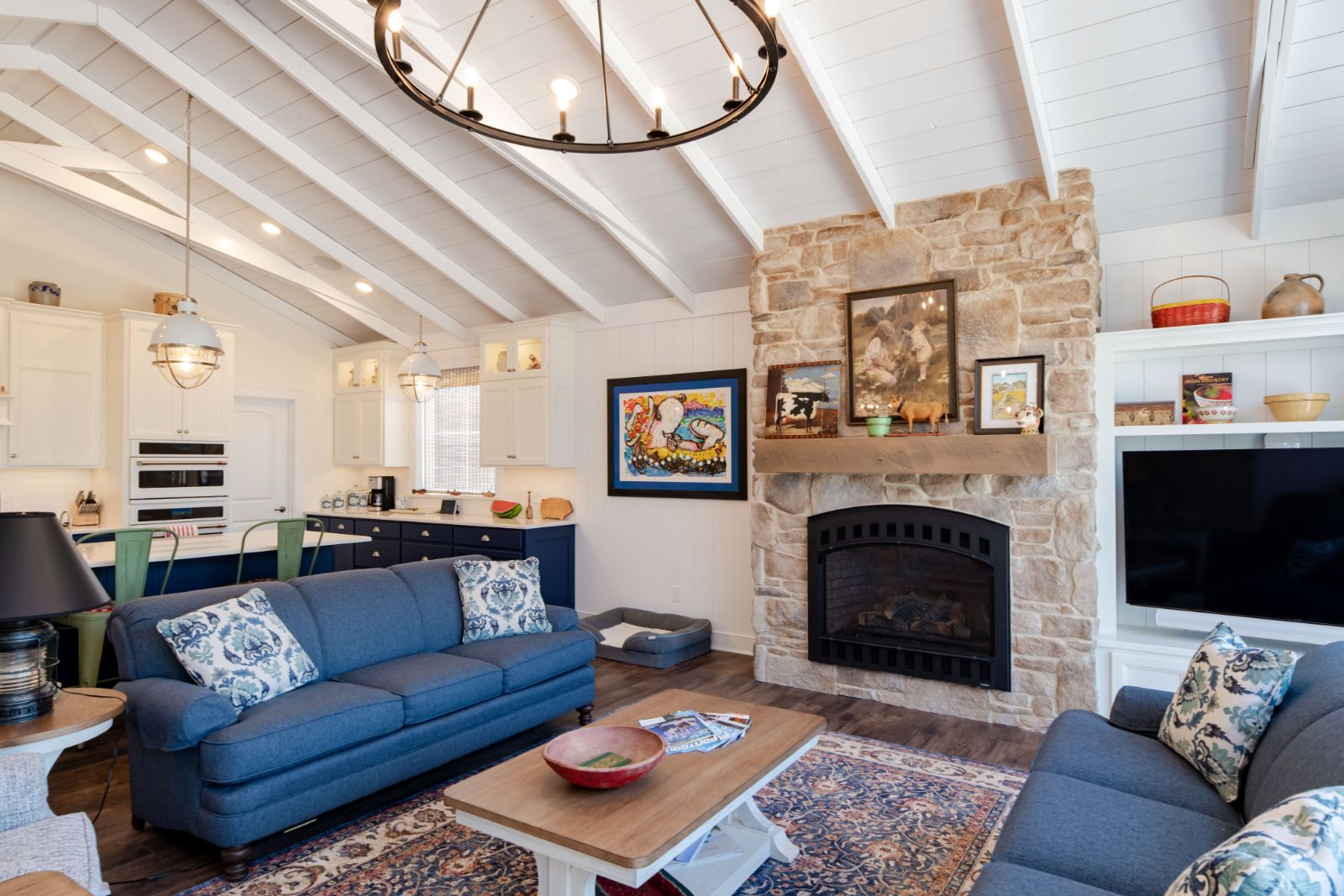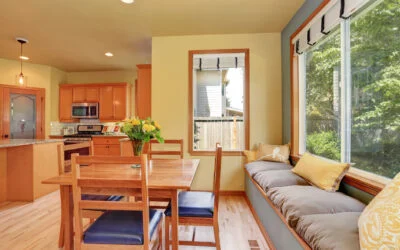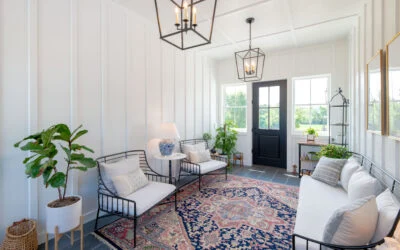Building a home from the foundation up can seem daunting. But the benefits of a custom home are so worth it! From the moment you walk into your custom-designed space on move-in day, you’ll enjoy features and fixtures tailored to your lifestyle, family and aesthetic vision.
Because this is such a big commitment, it helps to understand all the steps in the building-a-house timeline. Once you have a better idea of what to expect, you can relax into the custom building process — and maybe even enjoy taking an active role in it!
Weaver Custom Homes has been building a reputation of quality craftsmanship, attention to detail and personalized service in Northeast and Central Ohio for decades. Let’s dig into the custom home planning process to make sure you’re ready for a custom build and to unmask the home building timeline.
How to Know You’re Ready for Building a Home
We’ve seen a lot in our decades of making custom homes a reality for Ohio families. And while each house we’ve built is 100% unique, all our clients have something in common: They were ready to commit to the custom home planning and building process.
How could we tell they were ready for this kind of commitment? For one thing, we picked up on some common mistakes of custom home building — like buckling under pressure to move too fast and settling for pre-designed floor plans — so we could help avoid them. We also learned how to know someone is in the right frame of mind to embrace the full custom experience.
You can be fairly certain that you’re custom-build ready if:
You’ve Picked Out a Lot or Neighborhood
Do you already own a piece of land that you want to live on? Is there an Ohio neighborhood you’ve visited that already feels like home? Have you looked at various types of property to consider before building and narrowed down your No. 1 pick?
As real estate agents like to say, the three most important aspects of a property are location, location, location. You have to decide where you want to build before you can even think about custom home planning.
You’ve Done the Research
Part of your research before building a custom home involves shopping for existing homes for sale in your ideal city or neighborhood. If they all end up lacking crucial elements for your family or future, you can move on to your next research assignment: investigating what other custom home clients have included in their tailored builds. Check out a custom home spotlight from a reputable builder to see how they helped translate someone’s vision into real-world possibilities. Maybe even get a sense of the latest home building trends to start envisioning how your idea of a perfect house is different from anything already out there.
You Know What You Want in a Custom Home
How many closets are included in your ideal house? Have you been dreaming about custom built-in cupboards for your cherished collectibles? Can you picture the exact spaces that will help your family grow and thrive today, tomorrow and far into the future?
It’s important to think through all the details before launching into the custom home building timeline. From choosing eco-friendly building materials to exploring creative ways to add storage to designing window treatments that elevate your home’s style and function, there are a ton of decisions involved in the custom home building process — so it’s best to have a solid idea of what you want in a custom home ahead of time.
You’re Clear on Your Custom Home Budget
It may seem like a no-brainer, but we’ve encountered many prospective clients who wanted to jump right into custom home planning without a clear understanding of their budgetary constraints. That’s a recipe for frustration and disappointment. The cost of a custom home can vary a lot from project to project — because custom building is not one-price-fits-all. The overall square footage of your house, the finishes and fixtures you choose, your landscaping needs and other factors will determine the ultimate price tag of your home. But if you have clarity on the size and scope of your budget from the start, you’ll have an easier time staying within it as you move through the custom home building timeline.
Choosing a Custom Home Builder
With your priorities thoroughly outlined and your budget clearly defined, you’re ready for the next step in the timeline of building a house: finding a home builder you’ll love in Ohio. It’s important to get references, talk to other homeowners who worked with the builder, and look for endorsements from the Better Business Bureau and other organizations on a builder’s website. It’s also crucial to meet builders face-to-face before committing, which means having a list of questions to ask custom home builders so you can gain insight into their experience and process.
You’ll be working closely with these people for months, so you need to feel comfortable with their communication style and manner of doing business. If you feel pressure to conform to pre-designed plans or have reservations about a builder’s limited experience, keep looking.

Initial Steps in the Building-a-House Timeline
If you’ve never embarked on a custom building project before, you likely have no idea what the home building timeline looks like. At Weaver Custom Homes, our process has been refined over the years to support your comfort with every step, from your initial consultation through move-in day.
Here’s a basic breakdown of the house building process timeline you can expect with Weaver:
1. Determine the Amount of Site Prep Needed
Before the custom home building process can begin, a lot of custom home planning has to happen. If you already cleared the checklist at the beginning of this article, you’re likely at least part of the way through this step! This part of the process is all about getting the site ready for building a home on it. That means you’ve got important things to consider for custom building, like:
- Clearing the lot of unnecessary trees, shrubs and other vegetation
- Deciding on the best placement and orientation for your new house
- Leveling the site so it’s ready for laying a foundation
Because each piece of property is unique, this step will be different for each homeowner. But a reputable and experienced builder will be able to outline how much time to expect this part of the custom home building process timeline to take.
2. Discuss Home Sizes, Floor Plan Designs and Features
Here’s where all those late nights compiling Insta boards of interior design inspiration will start paying off! Before the first footers are laid in your home’s foundation, you need to make some important decisions about the home you want to end up in. Basics like overall square footage and number of bathrooms might be easy to settle on, but what about brass vs brushed nickel fixtures for the kitchen? Do you want a heated floor in the master bath, a mudroom vs a breezeway, or uniform flooring throughout the main level? Do you even know how to choose your home’s aesthetic?
This might seem like a marathon of decision making — but remember that you’re not alone on this journey! You’ll meet face-to-face with an experienced design consultant at our award-winning Weaver Design Center in historic Wooster, Ohio, to get expert guidance. You’ll have the opportunity to see and feel lots of products and materials, making it easier to envision which ones will enhance your family’s day-to-day experience. Then we’ll bring your design to life in a 3D rendering that allows you to see how it all comes together.
3. Consider Permit Processing and Inspection Time
Construction cannot begin until your contractor secures all the necessary building permits from your local municipal offices. If you’re working with an experienced custom home builder, like Weaver, who has already established relationships with the municipalities they build within, this process might not take more than a few days.
Inspections occur several times during the custom home building process:
- After the footings, foundations and mechanical rough-ins are complete
- After the HVAC, plumbing, and electrical systems are complete
- After all construction is complete, foundation to roof
This final inspection results in a certificate of occupancy, which your city issues as proof that your home complies with all local codes and is safe to live in. This document also classifies the construction as zoned for residential vs industrial or commercial use.
4. Be Ready for Delays and Contingencies
The custom home building timeline is long — and no two custom home projects are identical. It’s nearly impossible to foresee every possible delay or contingency, but you can probably expect at least a few unexpected bumps along the road to your custom home. The best way to prepare for this step in building a house timeline projection is to vet your builder. Try to get a sense of the custom home experience from the client’s POV to see how the builder deals with supply chain issues or permit delays. When you’re informed about changes to the home building timeline as soon as they occur, you’ll feel better about adjusting your expectations. And you’ll know you’ve chosen the best partner for your custom building venture!

Planning Your Custom Home With Weaver Custom Homes
For continuous support at every step in the timeline of building a custom house in Ohio, it’s easy to see why Weaver is your best choice. We deliver quality craftsmanship, luxurious details and utmost integrity to every custom home build. Schedule an appointment to get started making your custom home planning dreams a reality today!



